4th Trimester Preparation: Podcast Episode #234

Kristin Revere and Dr. Diane Speier chat about how to best plan and prep for the postnatal phase. They discuss everything from communication to support options in this informative episode. Dr. Speier is also the creator of the Digital Doula 2.0 app. Hello, hello! This is Kristin Revere with Ask the Doulas, and I am […]
5 Things to Know About Surrogacy – Guest Blog by Jessie Jaskulsky
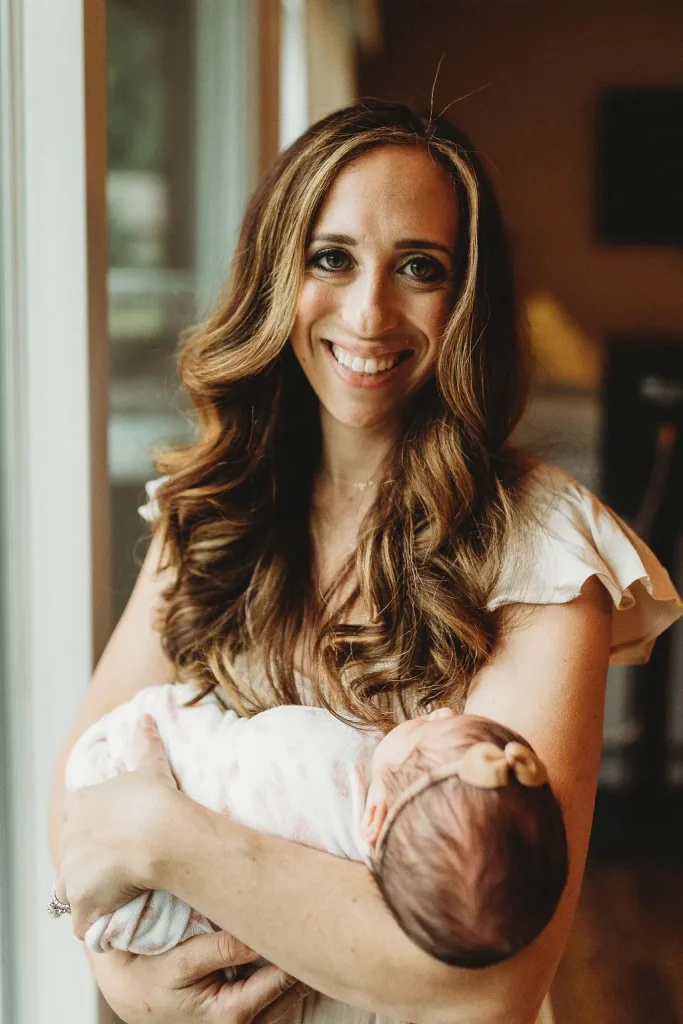
Gold Coast Doulas asked Jessie Jaskulsky to guest blog on the topic of Surrogacy since March is Surrogacy Awareness Month. Jessie is the mom of Lily and Luna. It is through her first-hand experience with surrogacy that she is passionate about simplifying the process for others. Having gone through this beautiful but wildly complicated process […]
Did you forget something?

Gold Coast Doulas asked Heidi McDowell to guest blog on the topic of preparing your body for childbirth. Heidi is a yoga teacher at Mind, Body, Baby, a doula, a wife, and most importantly, a mama. Her goal is to create a community space for you that feels safe, supportive, and empowering. She holds certifications […]
Preparing for the New Parenting Role: Podcast Episode #224
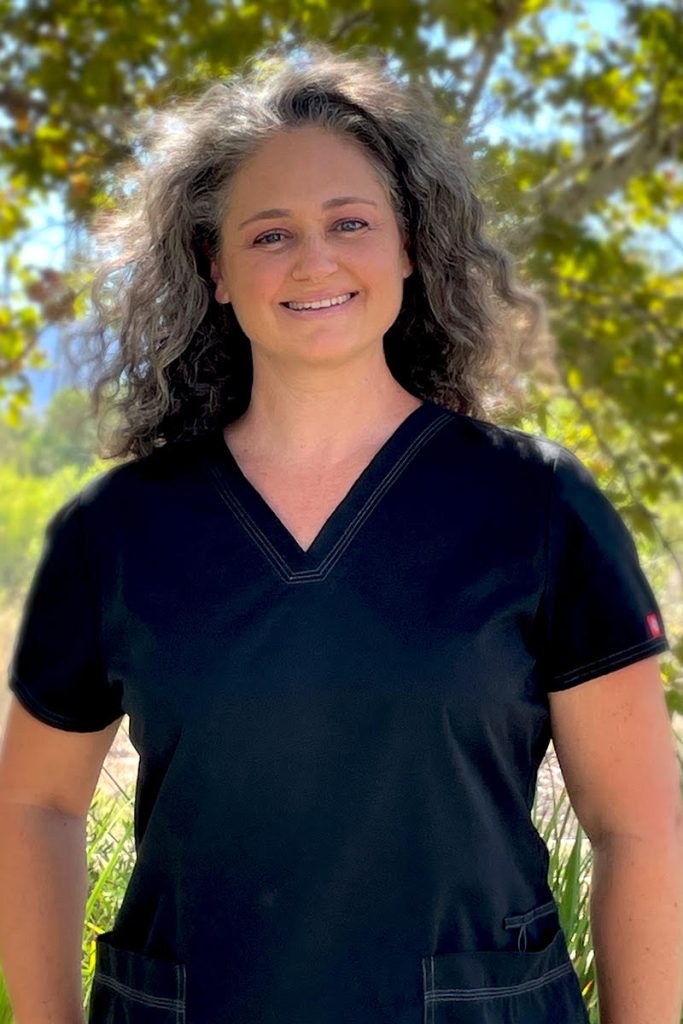
Kristin and Danika discuss ways parents can prep for baby during pregnancy. They also touch on the role of social media in parenting. Hello, hello! This is Kristin with Ask the Doulas, and I am so excited to chat with Danika Sanchez today. She is the president and owner of Baby Steps Concierge Nursing. Welcome, […]
Childbirth Prep When You Don’t Want to Take a Class: Podcast Episode #222

Kristin Revere offers tips on ways to plan and prep for childbirth if you don’t have the time or funds to take a childbirth education class. Some ideas include: YouTube videos, listening to podcasts, reading books or blogs, downloading meditation or pregnancy apps, Pinterest, and more. Hello, hello! This is Kristin Revere with Ask […]
Infertility Support with Alison Prato: Podcast Episode #220
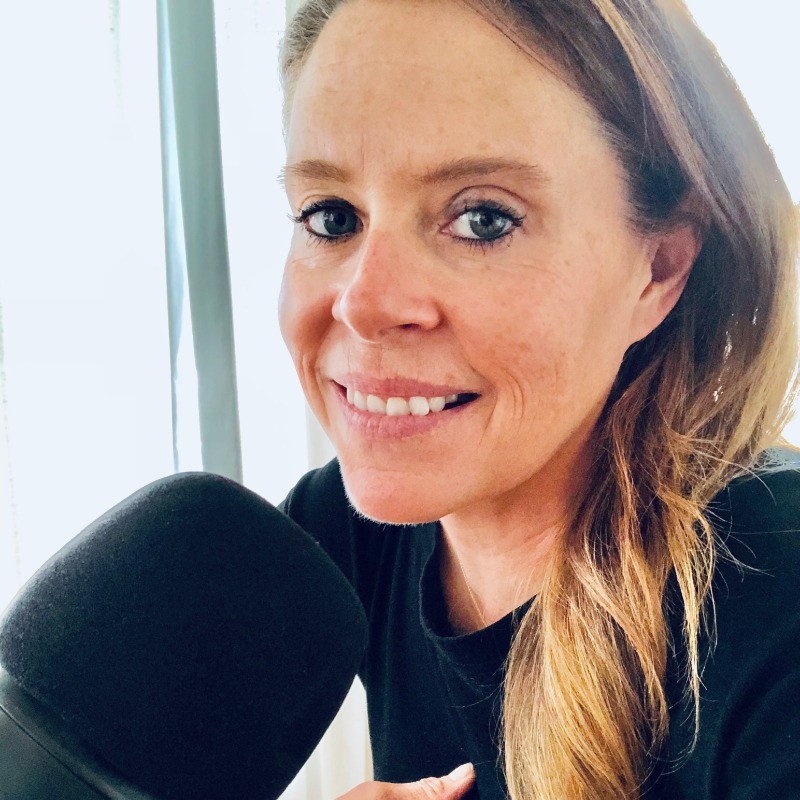
Kristin Revere chats with Alison Prato, Infertile AF Founder and author of “Work of ART,” a children’s book about IVF and ART. Hello, hello. This is Kristin Revere with Ask the Doulas, and I am so excited to chat with Alison Prato today. Alison wears so many hats, but she is the Infertile AF group […]
Fourth Trimester Support: Podcast Episode #218
Kristin Revere talks with Dr. Dannielle Wright of Honey, a postpartum support network, about how to support new parents in the fourth trimester. Hello, hello. This is Kristin Revere with Ask the Doulas, and I am so excited to chat with Dr. Wright today. Dr. Wright started a business called Honey, which is a postpartum […]
Surrogacy Options: Podcast Episode #212

Kristin Revere talks to Jennifer White of Bright Futures Families about different options related to surrogacy. Hello! This is Kristin Revere with Ask the Doulas, and I am so excited to chat with Jennifer White today. Jennifer owns Bright Futures Families. She is the owner and director, and she wears many hats in the […]
How to Tell the Difference Between a Tight and Weak Pelvic Floor with Emma Bromley: Podcast Episode #205

Kristin Revere chats with Emma Bromley of the Bromley Method about how to tell the difference between a tight and weak pelvic floor. Emma is also the author of The Pelvic Floor: Everything You Needed To Know Sooner. Ask The Doulas Podcast · How to Tell the Difference Between a Tight and Weak Pelvic Floor […]
Holistic Fertility with Dr. Burns: Podcast Episode #195

Kristin Revere chats about holistic fertility with Dr. Christina Burns of Naturna Institute. You can listen to this complete podcast episode on iTunes, SoundCloud, or wherever you find your podcasts. Ask The Doulas Podcast · Holistic Fertility with Dr. Christina Burns Welcome. You’re listening to Ask the Doulas, a podcast where we talk to experts […]
Balancing Life and Fertility Treatments: Podcast Episode #190
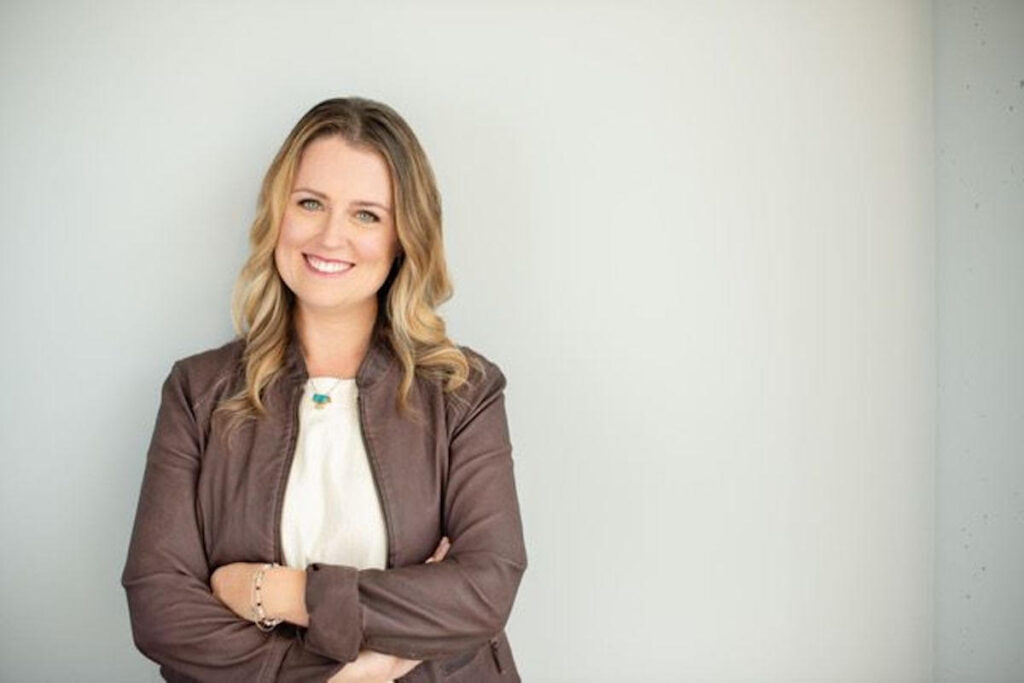
Kristin chats with Laura Fletcher, Author of The Grace in Grief: Healing and Hope After Miscarriage about tips for balancing life and fertility treatments. You can listen to this complete podcast episode on iTunes, SoundCloud, or wherever you find your podcasts. Ask The Doulas Podcast · Tips for balancing life and fertility treatments Welcome. You’re […]
Black Maternal Health with Shaelina Holmes of the Hello Seven Foundation: Podcast Episode #180

Kristin chats with Shaelina Holmes of Hello Seven Foundation about Black Maternal Health and why it is so important. You can listen to this complete podcast episode on iTunes, SoundCloud, or wherever you find your podcasts. Ask The Doulas Podcast · Black Maternal Health with Shaelina Holmes of Hello Seven Foundation. Welcome. You’re listening to […]
Plus Size Pregnancy: Podcast Episode #179
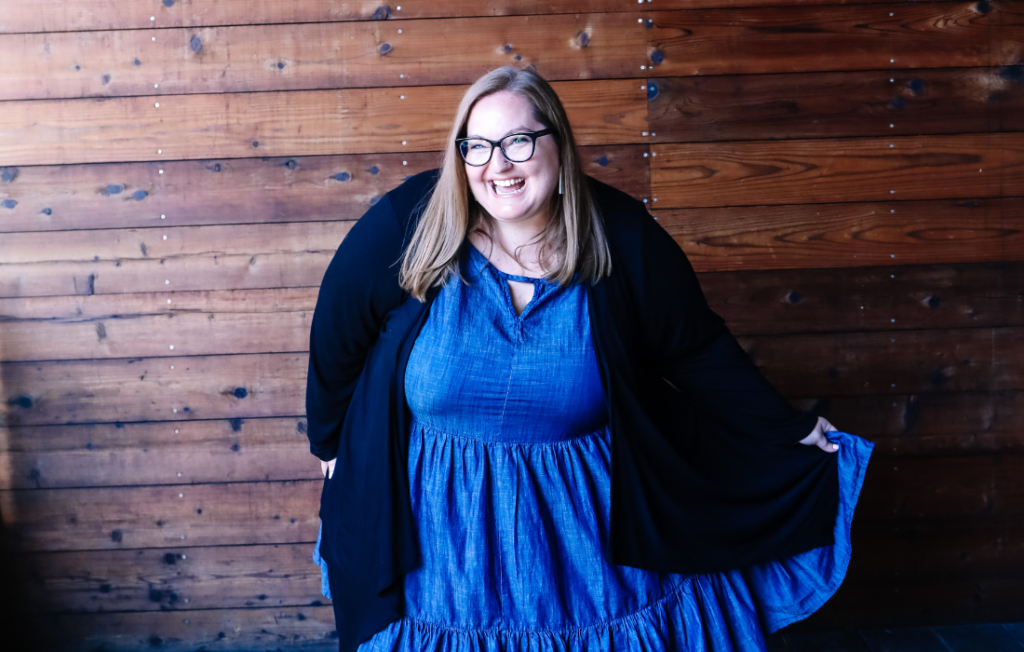
Kristin chats with Jen McLellan of Plus Size Birth, about the misconceptions surrounding pregnant plus size women. You can listen to this complete podcast episode on iTunes, SoundCloud, or wherever you find your podcasts. Ask The Doulas Podcast · Plus Size Pregnancy Misconceptions with Jen McLellan of Plus Size Birth Welcome. You’re listening to Ask […]
Informed Pregnancy with Dr. Berlin: Podcast Episode #178

Kristin chats with Dr. Berlin about the Informed Pregnancy Project. The Project aims to utilize multiple forms of media to compile and deliver unbiased information about pregnancy and childbirth to empower new and expectant parents to make informed choices regarding their pregnancy and parenting journey. You can listen to this complete podcast episode on iTunes, […]
Infertility Challenges and Options: Podcast Episode #177
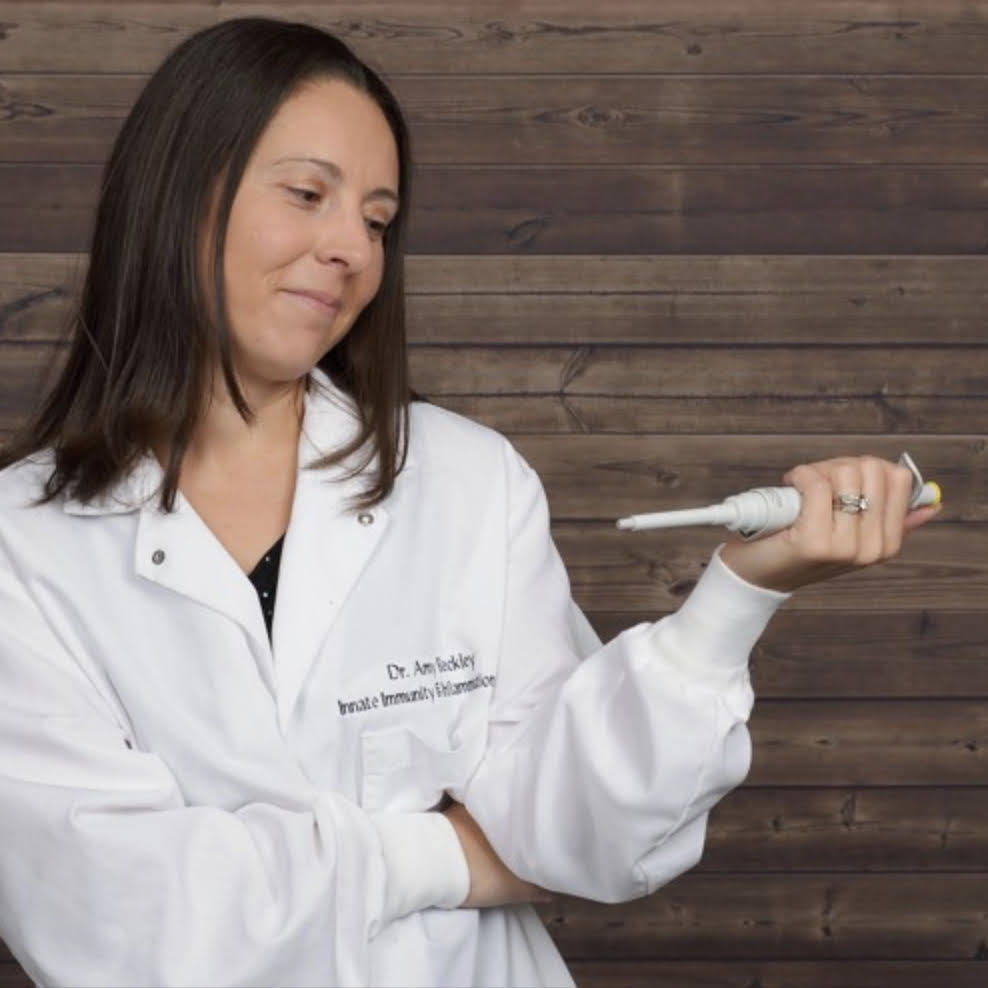
Kristin talks with Dr. Amy Beckley, Founder and CEO of Proov about infertility challenges and options. You can listen to this complete podcast episode on iTunes, SoundCloud, or wherever you find your podcasts. Ask The Doulas Podcast · Infertility Challenges and Options with Dr. Amy Beckley Welcome. You’re listening to Ask the Doulas, a podcast […]
The Role of Caregiver for New and Expectant Moms: Podcast Episode #175

Kristin chats with Bre Boysel of Cariloop about the role of caregiver for new and expecting moms. You can listen to this complete podcast episode on iTunes, SoundCloud, or wherever you find your podcasts. Ask The Doulas Podcast · The Role of Caregiver for New and Expecting Moms Welcome. You’re listening to Ask the Doulas, […]
Navigating Healthcare Systems During Pregnancy: Podcast Episode #164

We talk with Estelle Giraud, CEO and co-founder of Trellis Health, about navigating healthcare systems during pregnancy. You can listen to this complete podcast episode on iTunes, SoundCloud, or wherever you find your podcasts. Welcome. You’re listening to Ask the Doulas, a podcast where we talk to experts from all over the country about topics […]
Body Image And Nutrition During Pregnancy: Podcast Episode #162
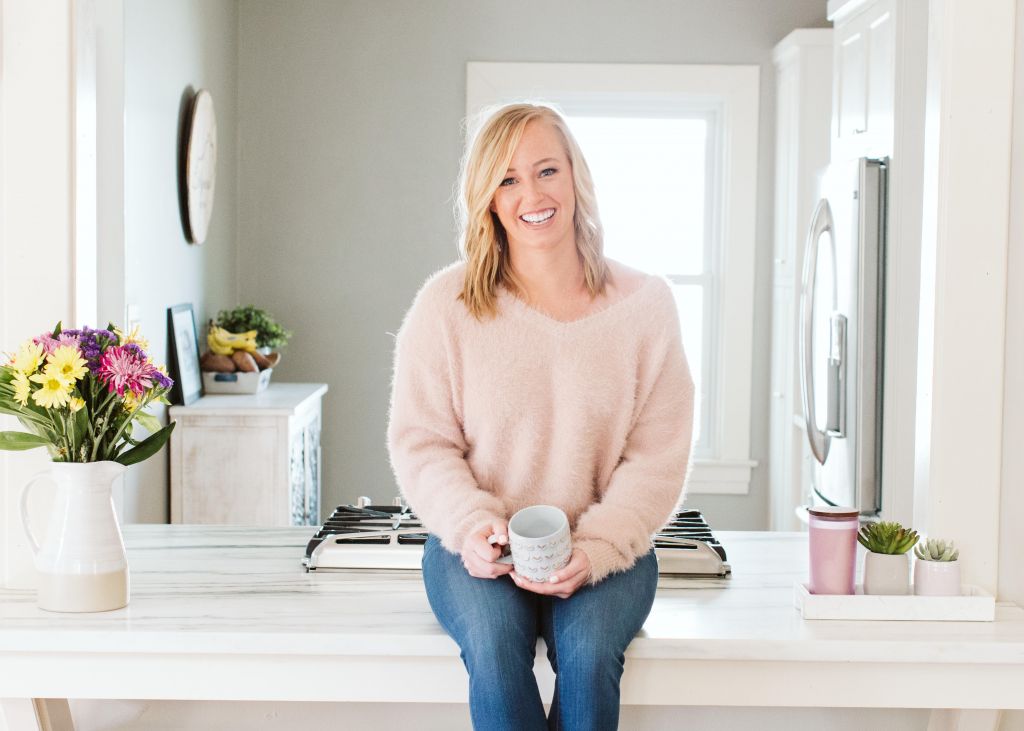
Kristin and English Goldsborough chat about body image during pregnancy and the importance of nutrition. English owns The Nourishing Tree and is a functional nutritional therapy practitioner and a certified lactation counselor. You can listen to this complete podcast episode on iTunes, SoundCloud, or wherever you find your podcasts. Welcome. You’re listening to Ask the […]
Fitness Tips for Prenatal and Postnatal: Podcast Episode #160
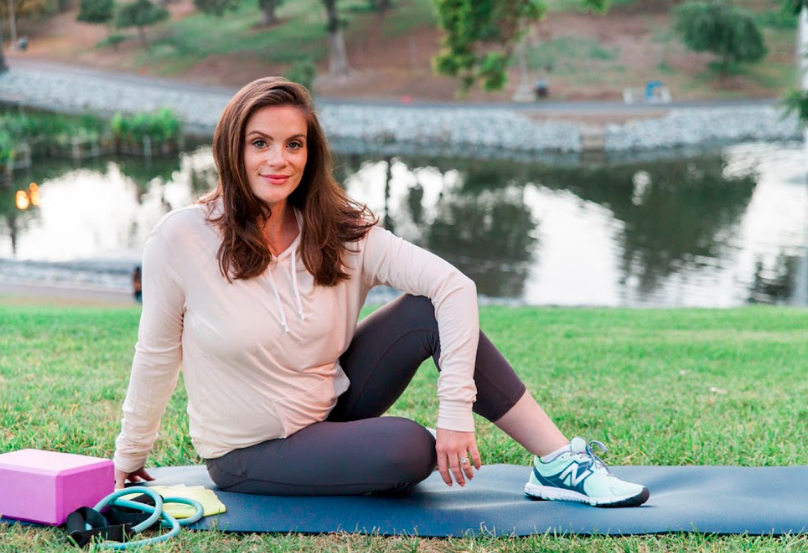
Kristin interviews Sarah Ann Kelly. Sarah Ann is the owner and founder of MomTrainer. Sarah Ann shares prenatal and postnatal fitness tips and suggests ways to create intentional time for working out. Sarah Ann is also giving 50% off with the discount code GoldCoastDoulas! Welcome. You’re listening to Ask the Doulas, a podcast where we […]
Simplifying Motherhood: Podcast Episode #157
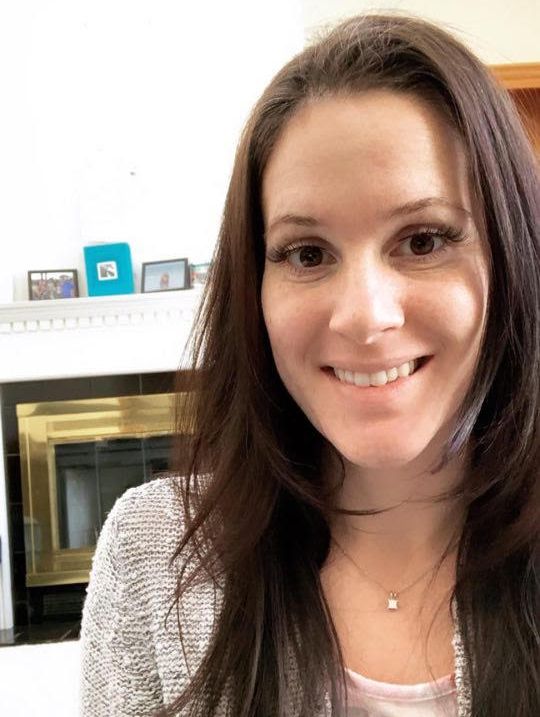
Krista Lockwood, founder of Motherhood Simplified, shares her top decluttering tips for new moms to prep for the arrival of a new baby. You can listen to this complete podcast episode on iTunes, SoundCloud, or anywhere you find your podcasts. Welcome. You’re listening to Ask the Doulas, a podcast where we talk to experts from […]
Functional Maternity: Podcast Episode #156
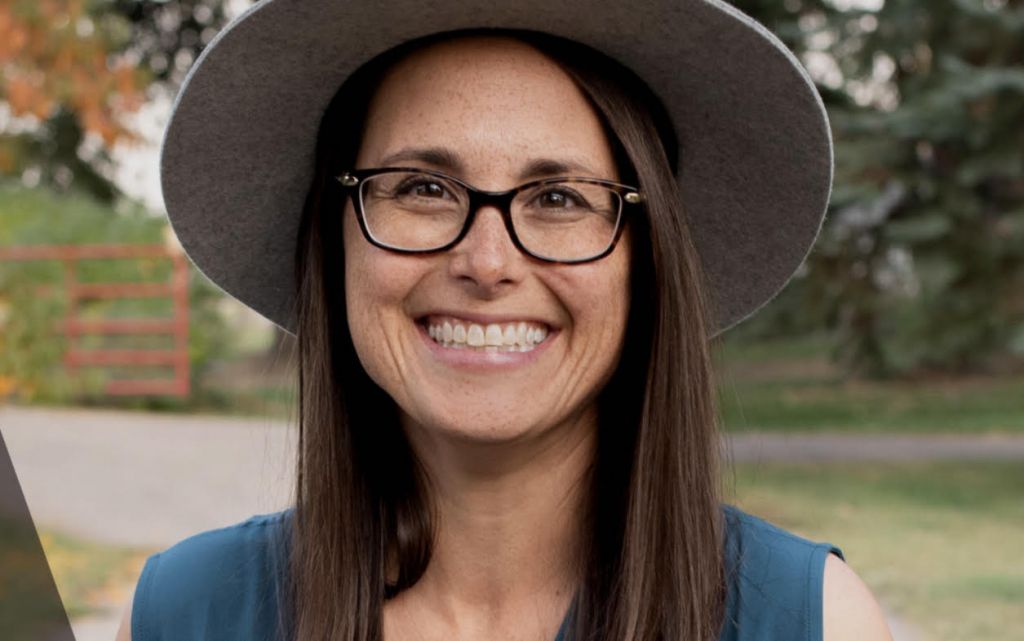
Sarah Thompson, author of Functional Maternity explains what maternal functional medicine is and the role nutrition plays in pregnancy and birth outcomes. You can listen to this complete podcast episode on iTunes, SoundCloud, or wherever you find your podcasts. Welcome. You’re listening to Ask the Doulas, a podcast where we talk to experts from all […]
Pilates for Prenatal and Postpartum: Podcast Episode #155

We talk about Pilates with Emma Jory of ePilates Online shares tips on how to take care of your body in all four trimesters. You can listen to this complete podcast episode on iTunes, SoundCloud, or wherever you find your podcasts. Welcome. You’re listening to Ask the Doulas, a podcast where we talk to experts […]
Pregnancy Loss
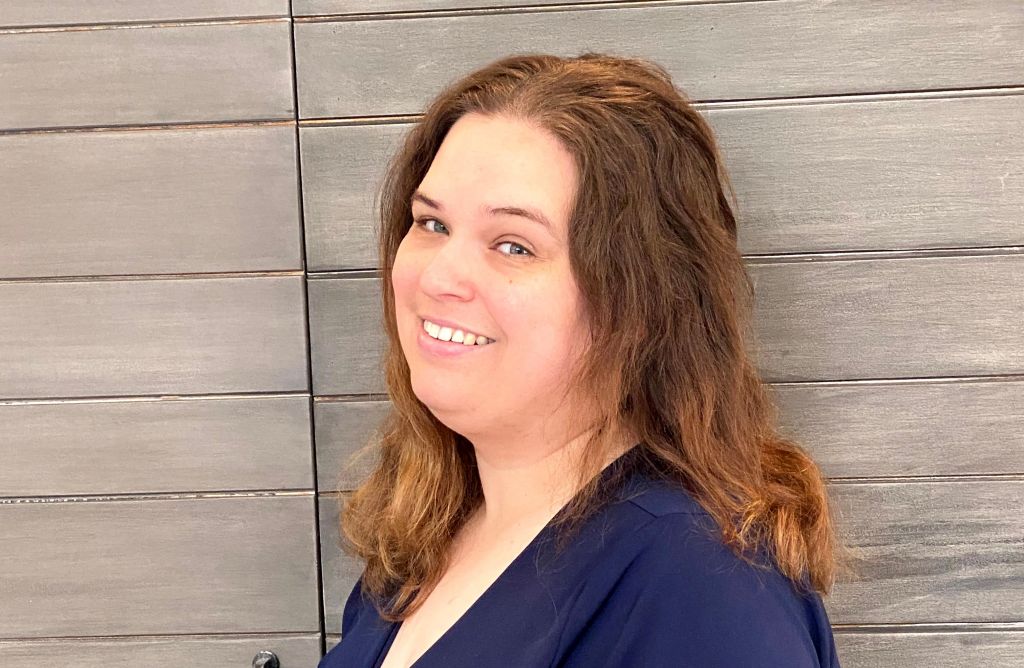
Remember the story of Pandora’s Box? In Greek mythology, the story goes something like this: Pandora, told she could not open the lid of a box given to her or her husband from Zeus, finally lets curiosity get the best of her and opens the box. Immediately, out comes all the troubles that humanity would […]
Intentional Motherhood with Monique Russell: Podcast Episode #152
Kristin and Monique, author of Intentional Motherhood: Who Said It Would Be Easy?, discuss her book and share tips to connect with your children and communicate your needs with others to better enjoy this time of transition. You can listen to this complete podcast episode on iTunes, SoundCloud, or wherever you find your podcasts. Welcome. […]


